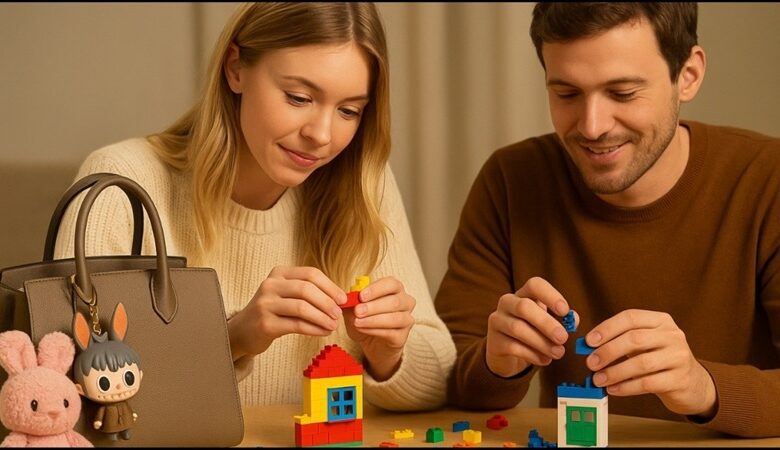Why Gen-Z and millennials can’t stop buying toys, plushies? Kidulting explained
News Mania Desk / Piyal Chatterjee / 6th June 2025

As children, we often wished to skip ahead to adulthood for the freedoms it promised, only to realize later that “adulting is hard” and nostalgia for childhood sets in. The concept of maintaining an “inner child” resonates strongly in adult conversations, with millennials and Gen Z showcasing this phenomenon. The current trends highlight the popularity of items like Labubu dolls, adults cuddling plushies, and the excitement around cartoon collectibles, revealing a culture known as “kidulting.”
This involves adults embracing child-like joys, challenging the notion that maturity requires abandoning childhood pleasures. The term “kidult” originated in the 1980s, signifying both a child pretending to be mature and an adult retaining childish interests. Initially introduced in a 1985 article in Times, the focus has shifted to the latter definition, reflecting a social trend where adults seek fun and enjoyment. Recent market research from Circana underscores this trend; adults over 18 are now the fastest-growing consumer group in the toy market, with a notable increase in sales, while spending by children has declined dramatically since 2021. This shift indicates that the adult demographic is now crucial in shaping the toy industry, prompting questions about the motivations behind this engagement in kidult culture. The resurgence of kidulting suggests a broader societal acceptance of adults enjoying what was once deemed juvenile, merging the lines between adulthood and childhood.
Different reports highlight nostalgia, collectability, fandoms, and collaborations with film/entertainment as key factors driving the rise of kidult culture. Prominent brands such as LEGO, Mattel, Pokemon, Marvel, DC, and anime frequently appear in studies of this demographic. Entertainment influences the toy market significantly, as noted in a License Global report predicting that toys will remain crucial for brand engagement in the coming year.
The cultural shift towards kidulting can also be understood from a psychological perspective. Nostalgia serves as a comforting escape from daily challenges, making it a lucrative marketing tool. Collecting toys, such as puzzles or figurines, helps alleviate stress and create a safe space. Melissa Symonds from Circana pointed out that the COVID-19 lockdown prompted people to rediscover simple joys, fostering a resurgence in kidulting as individuals engaged with beloved hobbies again.
Having ‘adult money’—funds that allow self-indulgent purchases—has popularized the trend further. Social media reflects this, showcasing quirky products rather than luxury items. Adults embracing nostalgic interests have shifted societal perceptions; what was once seen as childish behavior is increasingly accepted as a legitimate lifestyle. The fashion industry has followed suit, featuring Disney-themed collections and incorporating plush toys in runway shows. Millennials and Gen Z are also seeking community through old-school board games and themed cafes. Ultimately, kidult culture represents a quest for solace in a fast-paced life, evolving from a mere phase to a celebrated lifestyle.






